Architectural styles: a practical guide to key movements
Architecture tells stories in stone, glass, and steel. This tag page groups easy-to-read articles that explain major styles—what they look like, why they mattered, and where to spot them today. Use this guide when traveling, renovating, or just scrolling for inspiration.
Quick guide
Start with the big names: Ancient Roman buildings show arches, vaults, and concrete engineering that still influence bridges and public spaces. Byzantine architecture mixes domes and mosaics to create luminous interiors. Gothic Revival brings pointed arches, vertical lines, and dramatic windows back into 19th-century churches and civic buildings. Renaissance and Renaissance Revival focus on symmetry, classical orders, and balanced proportions. Baroque and Rococo push decoration, movement, and theatrical interiors. Georgian and Greek Revival favor order and classical columned facades that suit official buildings and stately homes. Colonial styles adapt European ideas to local materials and climates, influencing many modern houses. Dutch Colonial Revival is easy to spot by its gambrel roofs and cozy proportions. Romanesque uses thick stone walls and rounded arches; Beaux-Arts layers classical detail into grand public monuments. Art Nouveau flows with organic lines and decorative ironwork, while Expressionist architecture plays with bold, emotional shapes. Postmodernism responds to strict modern rules with humor and eclectic mixes. Minimalism strips elements down to function and calm spaces. American Craftsman emphasizes hand-crafted woodwork and human scale. Functionalism treats buildings as problem solvers for social needs.
How to spot styles
Look at roof shapes, window styles, and materials first. Columns and pediments hint at classical roots. Pointed arches or flying buttresses point to Gothic influence. Heavy stone and rounded arches suggest Romanesque. Curved lines, mosaics, or large domes signal Byzantine ideas. Decorative excess often means Baroque or Rococo. Clean lines, open plans, and lack of ornament usually signal Modernism or Minimalism. Small, honest materials and porch details are signs of Craftsman homes. Context helps: civic buildings often use Beaux-Arts or Georgian cues; churches show Gothic or Byzantine traits.
If you plan a renovation, match materials and scale before adding stylistic details. For travel, pick three visual cues to look for each style—roof, window, and ornament—and you’ll spot them faster. If you’re a designer, study how revival styles reuse classic motifs in new ways.
Find more
This tag links to articles on Ancient Rome, Gothic Revival, Byzantine, Renaissance, Beaux-Arts, Georgian, Colonial, Dutch Colonial, Romanesque, Baroque, Art Nouveau, Postmodernism, Minimalism, Craftsman, Expressionist, Functionalism, and more. Click a topic to go deeper.
Want quick examples? See Roman columns at the Pantheon and Colosseum; Byzantine light at Hagia Sophia; Gothic Revival in many 19th-century British and American churches; Beaux-Arts in big city museums and train stations; Art Nouveau on shopfronts in Barcelona and Brussels.
If you want local examples, search the tag list on this page by style name and look for travel tips, restoration advice, and photo-rich posts to compare features side-by-side.
Start with one style, study three landmark buildings, and you’ll notice patterns next time you walk a city block. Happy spotting today.
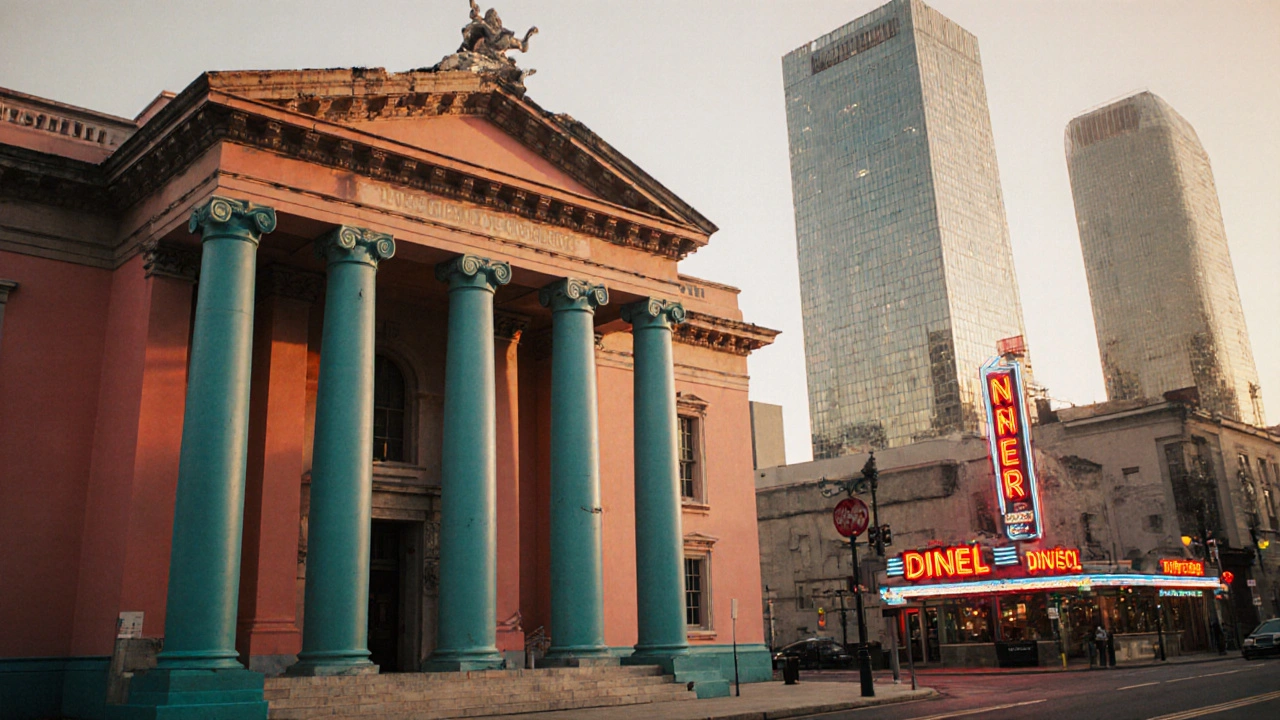
Postmodern Architecture: The Ultimate Fusion of Styles
Postmodern architecture breaks rules by mixing historical styles, bold colors, and playful forms. It rejects minimalism in favor of meaning, humor, and cultural references-creating buildings that tell stories, not just house them.
Read more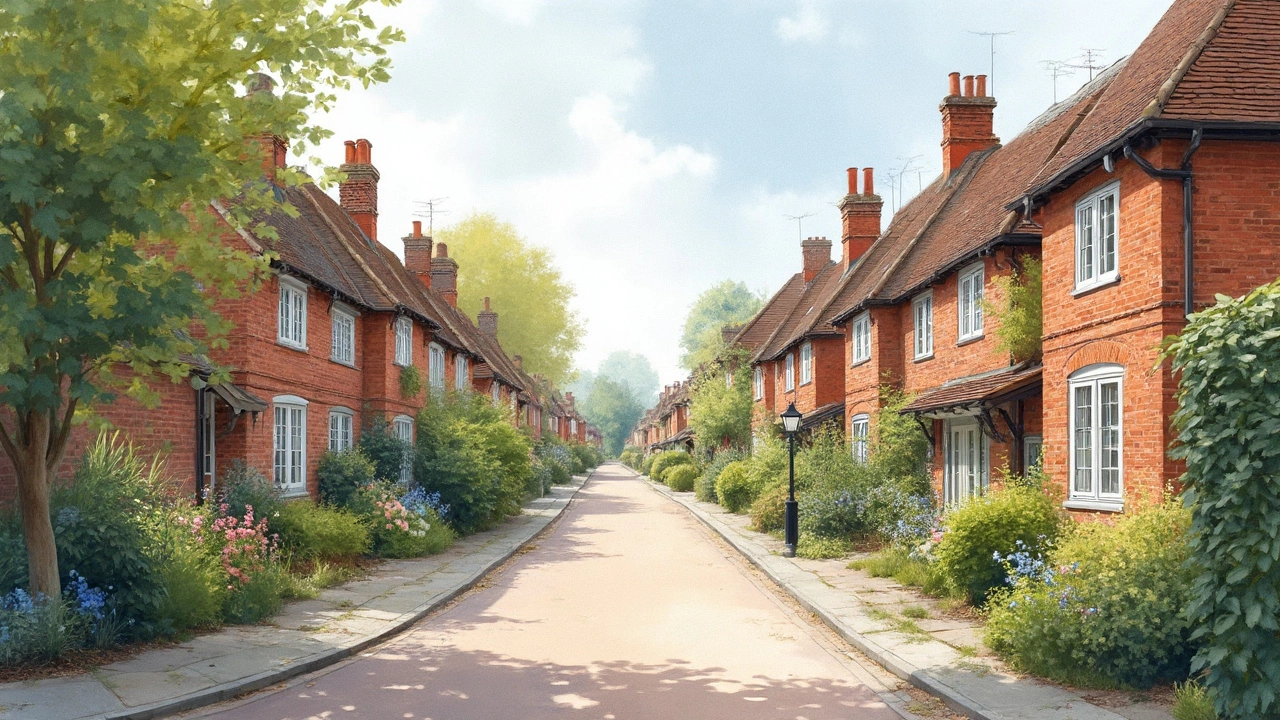
Exploring Dutch Colonial Revival Architecture: Unique Features and Historic Charm
Unpack the fascinating world of Dutch Colonial Revival homes. Discover unique features, practical tips, and why this design still turns heads today.
Read more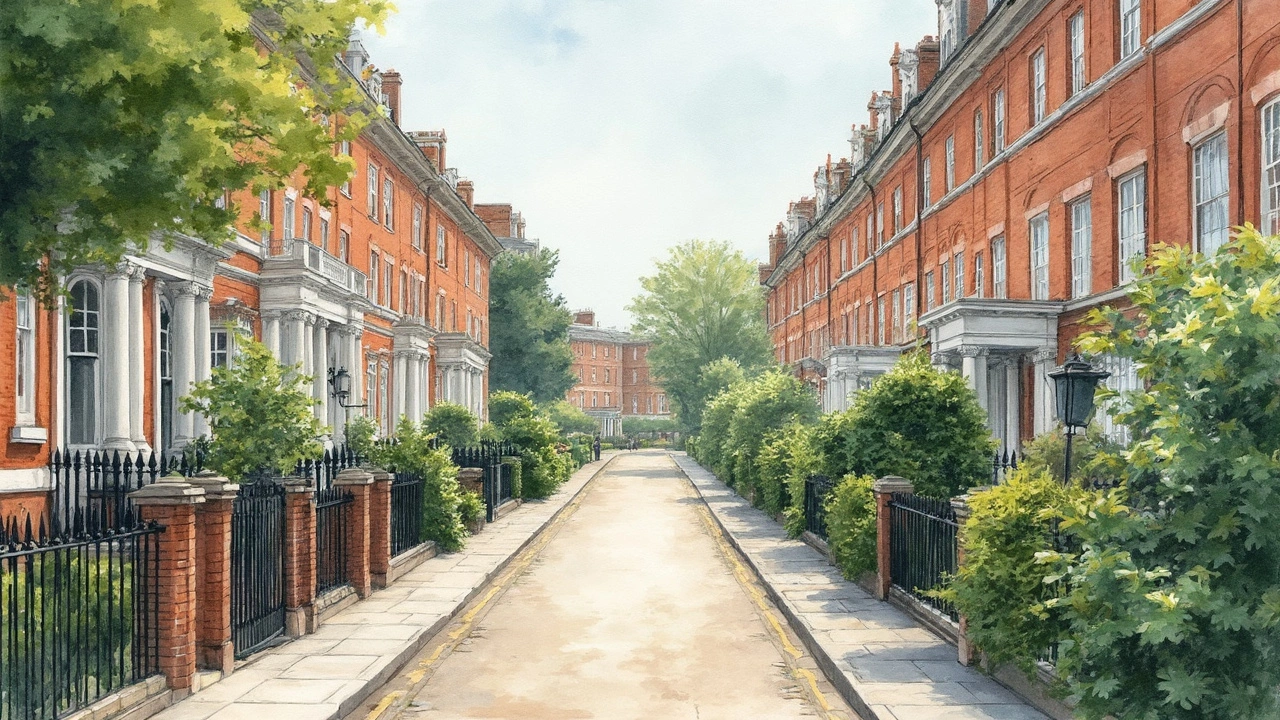
Colonial Architecture: Exploring Timeless Styles and Historical Influence
Explore the rich world of colonial architecture—its styles, history, and legacy. Learn fun facts, useful tips, and why colonial homes are still beloved today.
Read more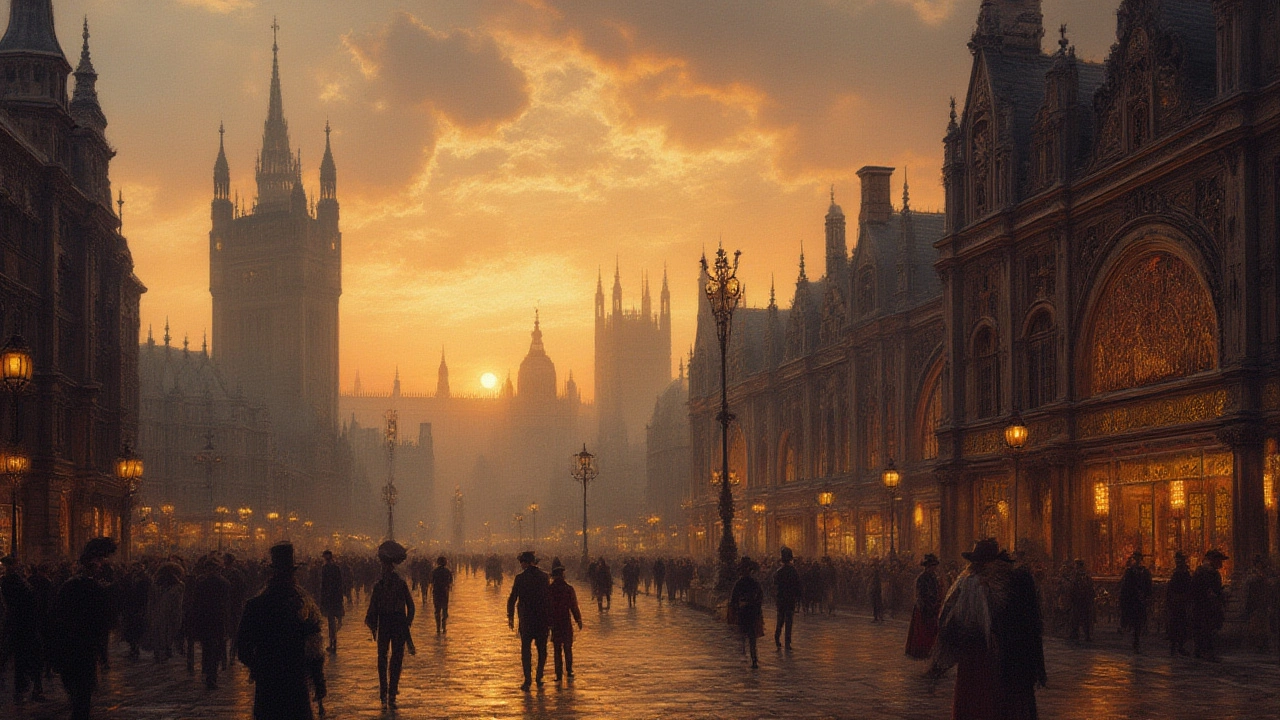
Gothic Revival Architecture: Exploring History, Features and Timeless Appeal
Discover Gothic Revival architecture: its roots, key features, striking examples, and tips for spotting this dramatic style everywhere you go.
Read more
Gothic Revival Architecture: Imagination and Innovation in Every Spire
Explore the fascinating world of Gothic Revival architecture, from its stunning arches and gargoyles to how it defines creativity in design. Discover facts, tips, and its timeless charm.
Read more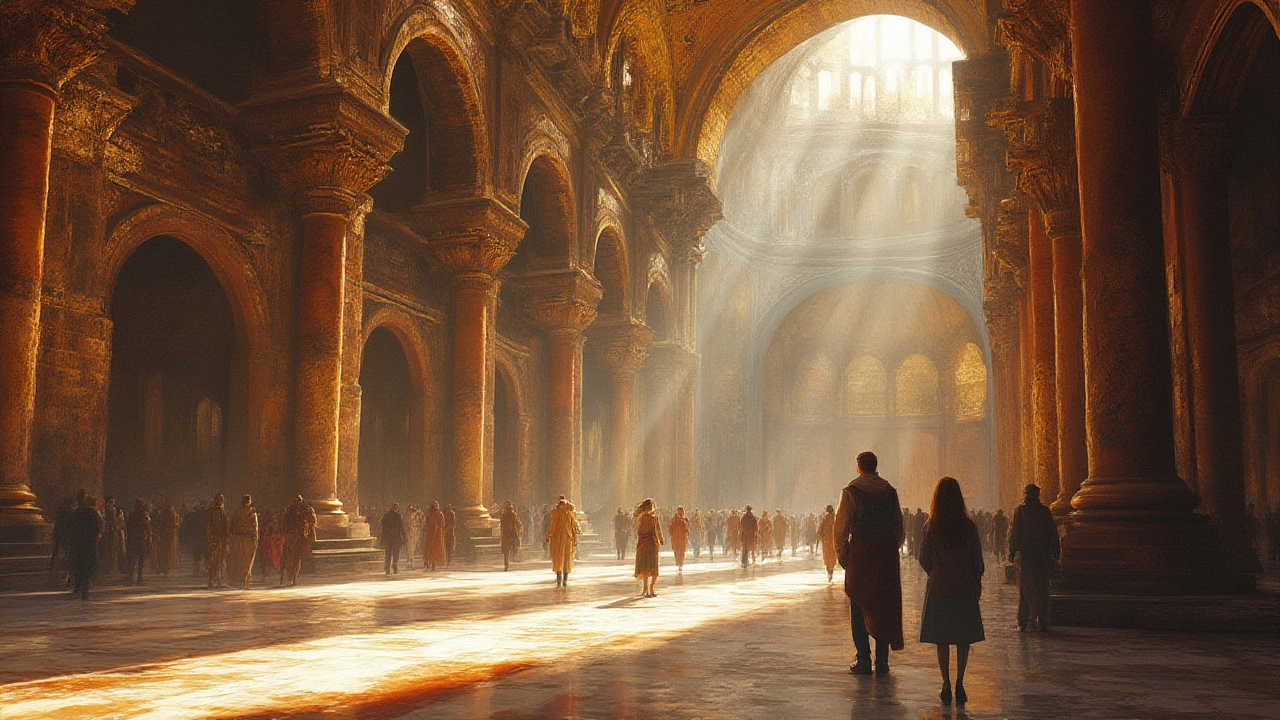
Byzantine Architecture: The Synthesis of Classical and Eastern Styles
Dive into Byzantine architecture—the blend of Roman engineering and Eastern flair, from soaring domes to glowing mosaics, that still shapes buildings today.
Read more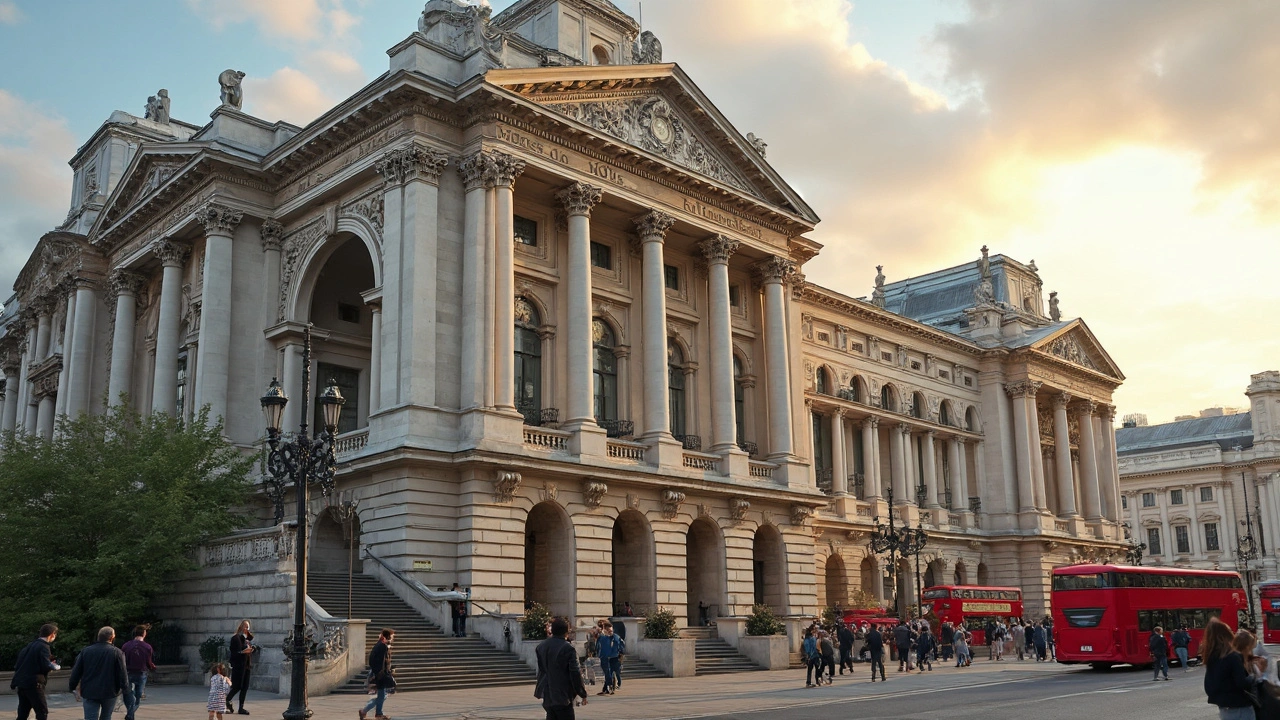
Preserving Beaux-Arts Architecture: Techniques, Challenges, and Modern Impact
Discover why Beaux-Arts architecture matters, its conservation challenges, working preservation tips, and why these grand buildings still inspire in today's cities.
Read more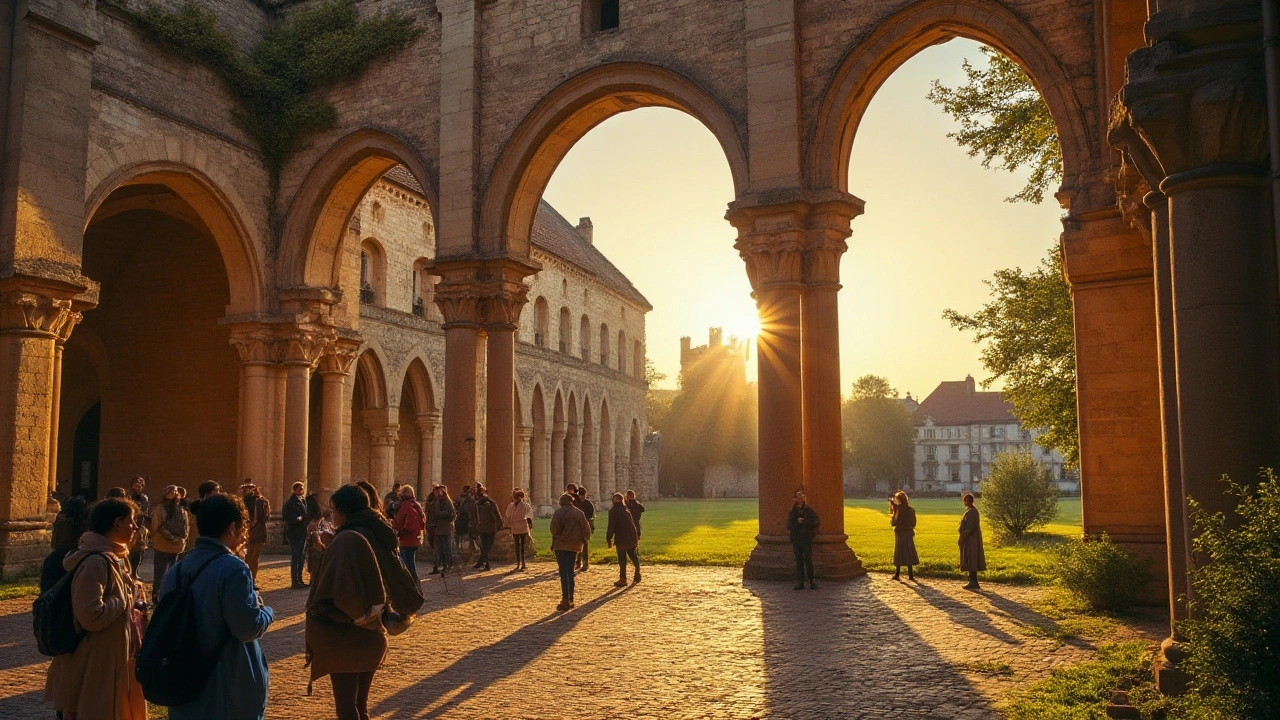
Exploring Europe's Majestic Romanesque Architecture
Romanesque architecture is a journey through time that showcases Europe’s robust and majestic historical development. Distinctive for its semi-circular arches, sturdy pillars, and massive walls, this architectural style is a cornerstone of European heritage. From the Abbey of Cluny in France to the stunning Cathedral of Pisa, Romanesque buildings tell stories of medieval Europe. Delve into architectural techniques, key structures, and legends that shaped Romanesque design. Discover how these monumental works continue to captivate modern enthusiasts and travelers alike.
Read more
Discovering the Free Spirit of Baroque Architecture: A Celebration of Creativity
Baroque architecture stands as a vibrant testament to artistic freedom, showcasing the dynamic interplay between drama, grandeur, and movement. Originating in the early 17th century, it revolutionized European architecture with its bold forms and opulent details. This article explores the unique characteristics and historical context of Baroque architecture, highlighting significant examples and tips for appreciating its intricate designs.
Read more
Why Gothic Revival Architecture Matters in Modern Times
Gothic Revival architecture reemerged in the 19th century and is still influencing modern design. This style's unique blend of historical elegance and contemporary practicality offers timeless appeal. From churches to homes, its striking features continue to inspire both architects and homeowners. Explore the enduring relevance of Gothic Revival's ornamental flair, structural innovations, and cultural significance in today's built environment.
Read more